|
Muffet McGraw, the Notre Dame women's basketball coach whose comments on gender inequality made headlines earlier this month, says not having enough women in power "has a huge effect on our daughters."
"When we look at the next generation of women, who are they looking up to to say, 'This is what I want to be?' when you have less than 5 percent of the CEOs in Fortune 500 companies are women. If you look in the Senate, in the House, we're just so far behind," McGraw said Wednesday on "CBS This Morning." "If girls aren't growing up … seeing [movies] that are directed by women, about women, with leading women, getting paid the same as men, they come out and what do they learn? They learn that men are going to be the lead, and men are going to be in charge," she added. McGraw led the Notre Dame women's basketball team to NCAA Final Four this season for the ninth time. The Fighting Irish ultimately lost to Baylor by just one point. But McGraw, a basketball Hall of Famer, has a 77.7 percent winning record in her 32 years at Notre Dame. During her news conference at the Final Four, McGraw made an impassioned plea: "Men run the world. Men have the power. Men make the decisions. It's always the men that is the stronger one. And when these girls are coming out, who are they looking up to to tell them that that's not the way it has to be? And where better to do that than in sports?" To begin addressing the inequity, McGraw said "first it starts with hiring women." "I think people hire people who look like them, and you have a lot of white men in athletics, especially as the athletic director. And they're going to hire a lot of men because they're comfortable with that. They're going to look at guys on the men's side and say, 'Hey, why don't you come over and coach on the women's side?' We never do the reverse, and I think it's just so important. And the way women go for jobs – we need to be more aggressive," McGraw said. While McGraw said she does hire men, she's had an all-female staff for the past eight years or so. "I think it's important for the women that we're coaching to look up to that staff and see that. And it's just been – we've been so successful, we have great chemistry, I think it's just a great situation," McGraw said. "I wish when my former players come out looking for jobs, I wish more women were able to get those jobs. But they're just not out there." McGraw was also asked about her city's mayor, Pete Buttigieg, who announced his 2020 campaign for the Democratic nomination on Sunday. "I think he's awesome," McGraw said, adding she was at the South Bend rally. "He's somebody that is a great voice, and he's got a different perspective than we've had. He's young, he knows this generation, and I think he's the future."
9 Comments
Mims Davies, the Minister for Sport, has pledged to make increased participation among young girls and women, and a transformation in the visibility of elite sportswomen, cornerstones of a new Government drive for sport. In her first national newspaper interview since succeeding Tracey Crouch, Davies outlined how a cross-departmental school sport action plan this spring would target worryingly low activity trends among children, especially young girls. She also praised The Daily Telegraph’s “brilliant, leading” revolution in its coverage of women’s sport. Sport England’s Active Lives survey found last December that only 17.5 per cent of children aged between five and 16 are meeting the Chief Medical Officer’s guidelines of more than 60 minutes of activity every day. Girls were found to be significantly less active; a finding consistent with similar research by the Youth Sports Trust, which reported in 2017 that fewer than 10 per cent of females aged up to 18 were meeting the recommendation. Davies described the findings each a “wake-up call for the sector” and, as part of tackling this “huge challenge”, has called for physical literacy to be given the same status at school as maths or English. “We are really concerned about the inactivity of our youngsters,” said Davies. “If you don’t get a sporting habit for life when you come through school, it is more difficult to come back. “We want a balance of sports and activity, physical literacture and well-being. As a minimum schools must ensure children are physically literate. It is just as important that parents encourage kids to be active as it is to read them books or do times tables. “As parents, we have to not only think about their safety and opportunity, but their activities. Are they doing enough? Are they getting outside in the fresh air? Go out. Get muddy. Be adventurous. Children need to learn how to run, jump, throw, catch. Those basics will allow them to thrive in broader ways. “If we don’t sort out participation – across schools, communities, governing bodies and making this a Government priority – we end up picking up the pieces in the Health Service anyway.” Davies also cited a recent question-and-answer session with children in Hampshire. “One young girl put her hand up and told me that she wasn’t allowed to play rugby at school and that it wasn’t fair and equal. I think it is really important for schools to look at what availability there is. The Telegraph Women's Sport manifesto |
Archives
April 2019
Categories
All
|
Proudly powered by Weebly

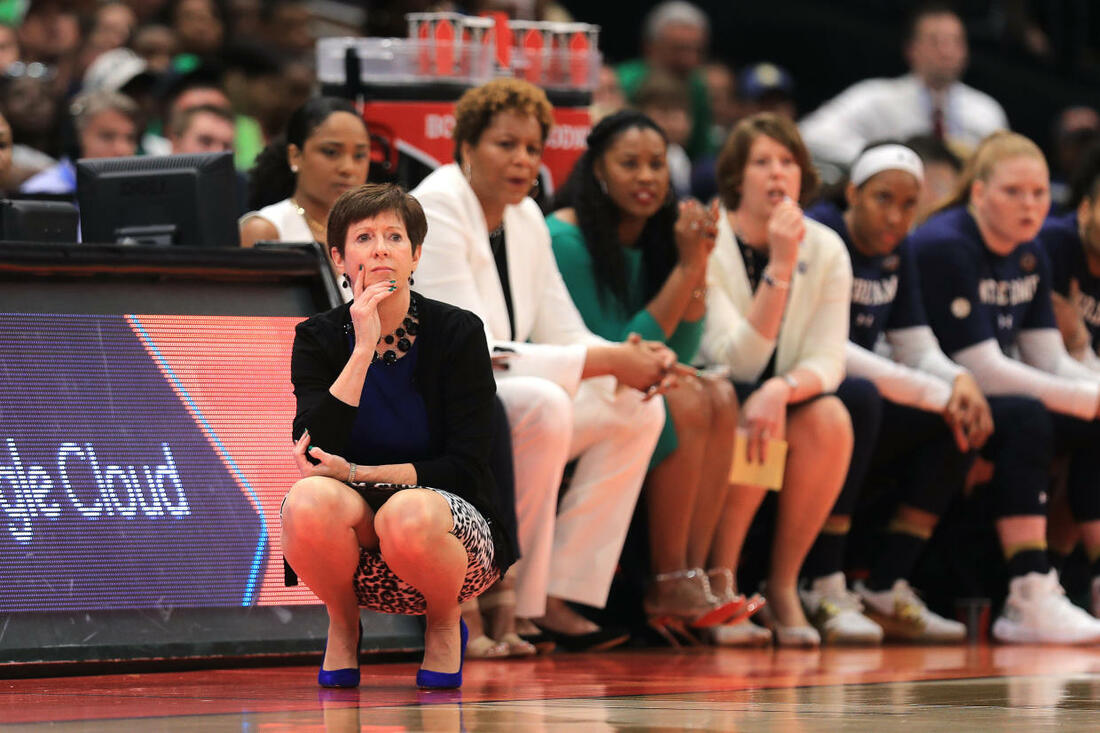

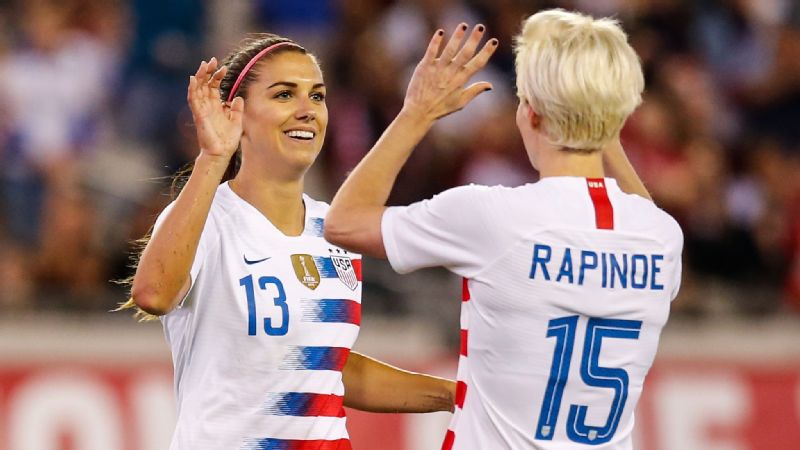
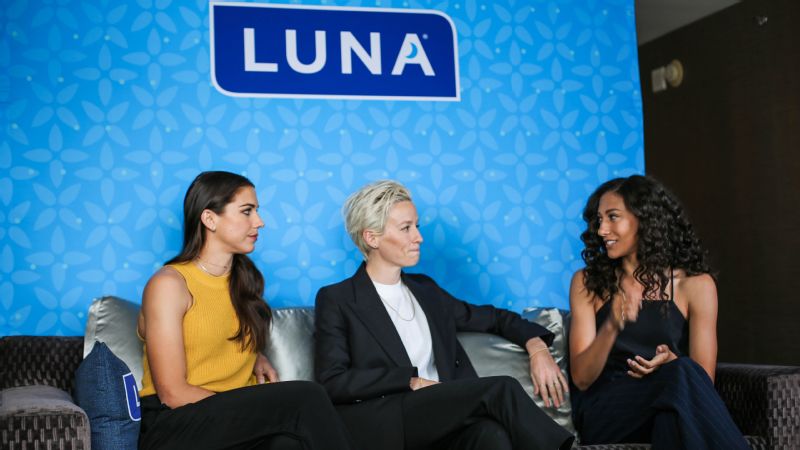
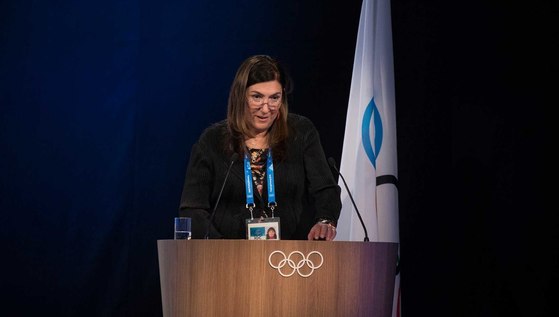

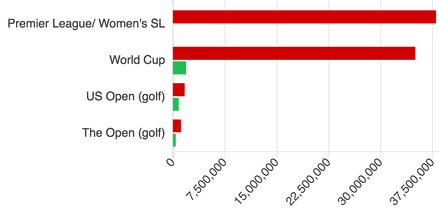
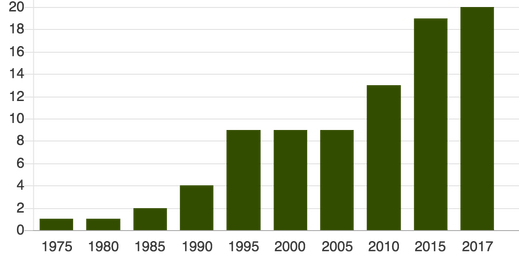
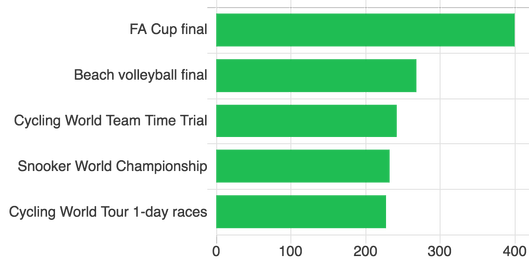
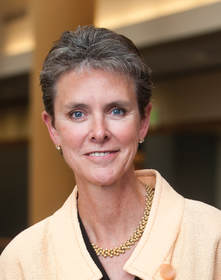
 RSS Feed
RSS Feed